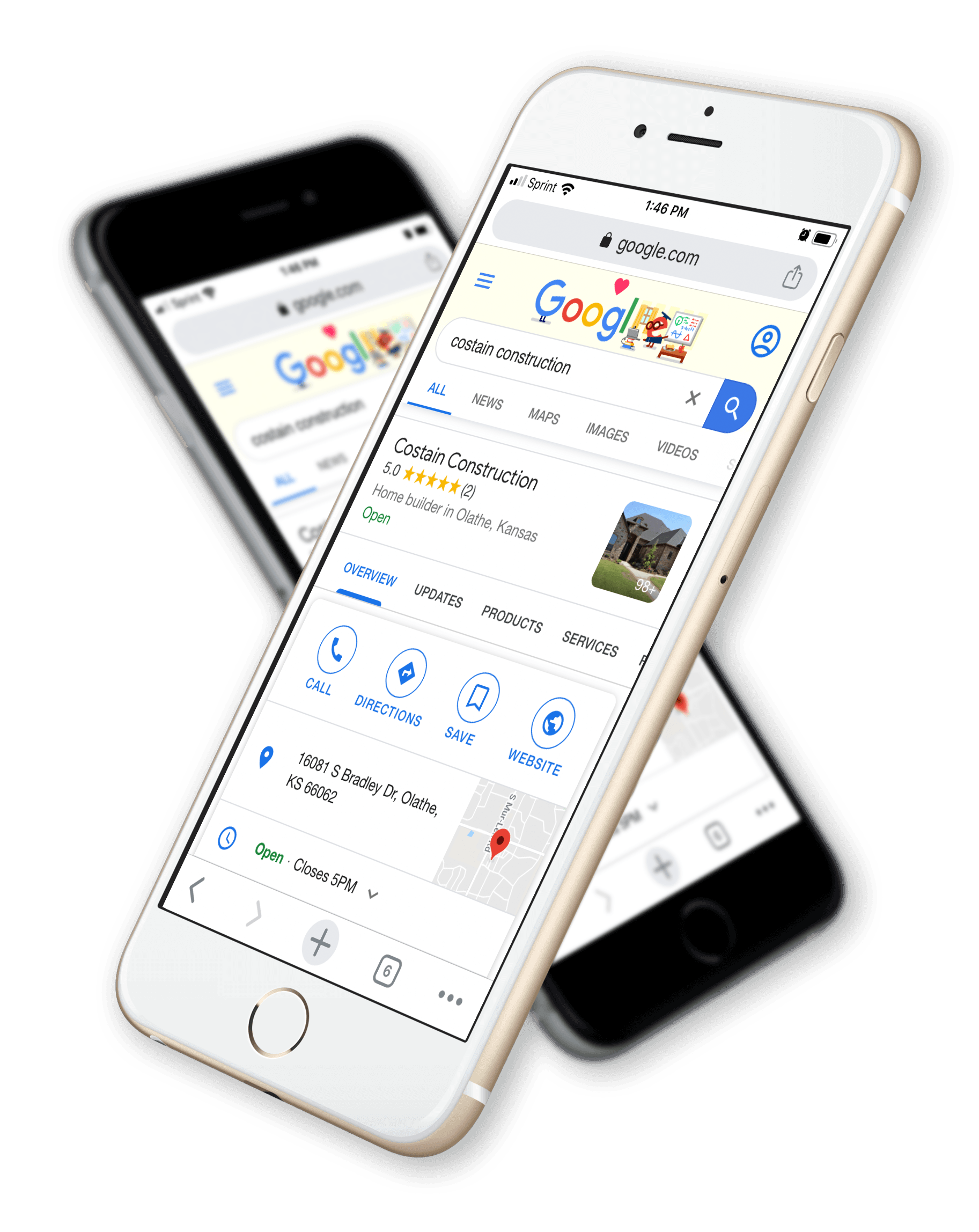Lead Generation
Generating leads online is not only important, it’s effective.
Lead generation refers to the process of identifying and cultivating prospective customers, or leads, for your business. Online lead generation, specifically, acquires new leads through online or digital means. When it comes to online lead generation, there are two important things to know:
You don’t want just any leads, you want to generate quality leads.
These days, a big percentage of lead generation happens online.
View Our Website Portfolio

Slide title
Write your caption hereButton
5 Steps For Generating Online Leads
What is the process of lead generation? Here are 5 areas that can help you generate more (and better!) leads:
- Analyze your competition
- Refine your Instagram strategy
- Optimize your email opt-in form
- Include strong CTA’s on your blog
- Invest in a YouTube channel
A competitive analysis helps you sneakily find out what your rivals are doing.
And once you know what they’re doing, you can do it better.
Once you know who your competition is, check out their marketing strategy. What kinds of content are they focusing on? Take notes on their efforts to attract customers online (content marketing, SEO strategy, social media marketing) and which efforts appear to be working the best.
For instance, maybe a competing company of yours puts out two new blog posts each week and gets hundreds of comments…and maybe you don’t have a blog. That would mean it’s time to start one.
Refine Your Instagram Strategy for Greater Online Lead Generation
Instagram is an important tool in any marketing strategy. One billion people use Instagram, and if your brand caters to a younger demographic, this social platform is especially essential for you. And third, don’t forget to track what’s working and what’s not so your lead gen can become even better. You can keep an eye on your Instagram metrics by using a tool such as bit.ly to track stats such as clicks to the link in your bio.
Take action: Set up a business Instagram account and start mapping out a strategy. To improve your lead gen, make sure your strategy includes plenty of photos with faces, create an intriguing bio with a relevant link, and then monitor what’s going on.
When it comes to email marketing, you’ve already won half the battle. After all, if someone has agreed to let you email them, that means they’re already curious about what you do. The only remaining hurdle is creating a strong call-to-action that will convert this lead into a customer. Piece of cake!
89% of marketers say email is their most-used channel for generating leads. Your competition is using email, too, so optimize your email efforts and make them the best they can be.
One good way to improve your online lead generation through email is to never, ever mention the word “spam.” Many brands include a line at the bottom of an email sign-up form that says something like, “We promise to never spam you.” A study from Michael Aagard, though, showed that this actually reduces conversions by 18%.
What can you say instead? Opt for something along the lines of, “We value your privacy and will never share your information.” Whatever you do, though, don’t suggest that spam might be an option.
To make your email opt-in form even more likely to convert, add some arrows pointing to it. You can also take a more subtle route and simply add a photo of a person, positioned where the person is “looking” at the form. This will naturally lead your website’s visitor’s eyes to the form, too.
Take action: Optimize the email opt-in form on your website to get more leads via email. Revamp your vocabulary and don’t include the word “spam.”
4) Include Strong CTA’s on Your Blog to Increase Online Lead Generation
An SEO-optimized blog from a high-quality website that puts out consistent posts can help attract high-quality leads. Once you have those leads on your site, though, you don’t want them to just read your blog post and then leave.
Instead, you want them to stick around and hopefully opt-in to your email newsletter or a free resource. And one way to do that is by including good calls to action.
Blogs are an excellent way to improve your online lead generation because blog posts are a simple and natural place to include calls to action. As you might guess, a call to action is designed to prompt someone into taking action.
- Get started (this makes it sound like your visitor will be able to take action and change after just one click)
- Sign up free (the word “free” always boosts conversion rates!)
- Join us today (everyone wants to be part of something)
- Learn more (this shows people there is no commitment necessary yet)
- Shop now (again, this is effective because you’re not asking people to buy yet — just to take a look)
- Schedule a visit (send them to a contact form when they click this)
- Act now (creating a sense of urgency spurs people to click)
- Don’t miss out (no one wants to miss out on what everyone else has)
A good call to action is short and to the point; it clearly tells your reader what to do. It’s overwhelmingly persuasive without being too pushy.
SOCIAL MEDIA POSTS
TOP OF THE PAGE MARKETING — 816-415-3766
6603 Royal Street, Building H, Suite 300 — Pleasant Valley, MO 64068